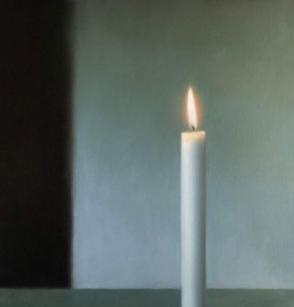Due to personal reasons I was unable to stay the entire day however I tried to engage with the exercise as much as possible through use of active listening.
Throughout the time is spent on the bridge between the design and media blocks, I found a lot more solace in listening with a perspective of “out of focus”. This allowed me to hear the entire acoustic picture without any sharp details to protrude and leave stronger themes. Instead, what I heard was the conversations and footsteps of those who were present in the building wash out into the acoustics of the open planned architecture of passages and hallways in this particular area of LCC.
The reverberations became more important in that instance than any one interaction between peoples or a person with an object. There is also the point in this instant that without the original creations of the sounds there would be less sounds altogether leaving room for silence, thus causing a void of the pleasurable reverberations. Just as a certain light upon an object can cause a desirable shadow, the loss of the light leaves only darkness, or the latter leaving no composition.
Here an important notion should be understood that the space in which a sound inhabits can become more important than the sound source itself. There is much attention to this detail in religious places where architecture is used in order to create a wonderful partial echo or reverberation that soaks the space with beautiful overtones and harmonics, causing all voices and sounds present to merge into one pleasing sonic image, greater than the sum of it’s parts. …Nonetheless, nothing without them.
